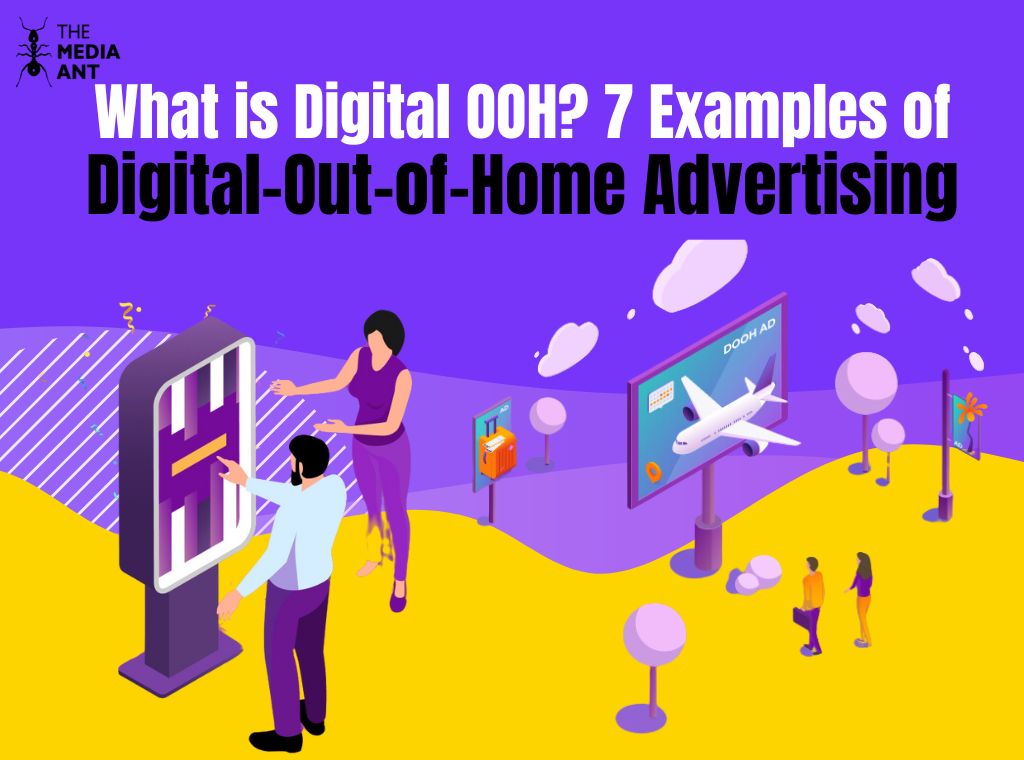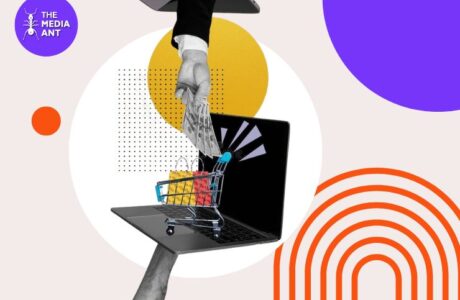Picture yourself strolling in the main street, your attention being drawn to what looks like a beacon placed in space. This is not just an ordinary billboard, it is a DOOH advertising or more commonly known as digital billboards, and it has the creative use of the platform that makes the ordinary locations come alive in digital way. In this journey, our focus will be on DOOH advertising, with seven fantastic examples demonstrating that brands really invest time, effort, and creativity to interact with consumers on the move. You are in for a ride as the streets become a stage and get transformed in ways you could have not ever thought of!
What is Digital OOH?
Digital Out-Of-Home (DOOH) advertising is basically a new way of advertising that resembles the older out of home advertising technique but is more advanced as it incorporates digital advertisements that are never static. These advertisements are placed on electronic billboards which are located in various areas such as transport stations, commercial buildings and even along most of the country’s major thoroughfares.
This is because the nature of the advertisements is usually digital, which not only affords more interactive and engaging content but also more varied and fluid. Advertisers can easily alter content in real-time, use the targeted-advertising approach, and even combine interactive features, which make advertising more effective.
7 Examples of Digital-Out-of-Home Advertising
1. Amul’s Topical Digital Billboard Ad Campaigns:
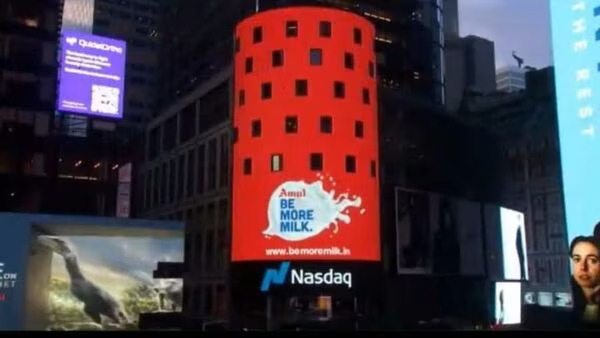
These adverts can reach many people as the location is highly visible, and placing them there effectively promoted Amul on the global stage. Probably the most effective advertisement spaces are the digital billboards placed in the area of Times Square, where everybody can see them as they are being watched by people from all over the world. Such positioning not only reiterates their message but also places them in strategic themes that enhances the image of Amul as a modern and international brand that could effectively market its products to an audience beyond its primary market.
The use of digital billboards was especially helpful for sharing engaging content that could be changed on the spot. This feature is critical to topical types of advertising because they always have to appear timely and relevant to a situation. Digital OOH also affords the potential to display a high-grossing, higher-impact multimedia appeal that makes the ads more visually appealing. This proved not only that Amul has a powerful brand presence on an international level, but also exemplified the impact Outdoor advertising can have crafting units that cut through cultural norms and deliver clear advertising messages on a global level.
2. Google Maps DOOH Campaign :
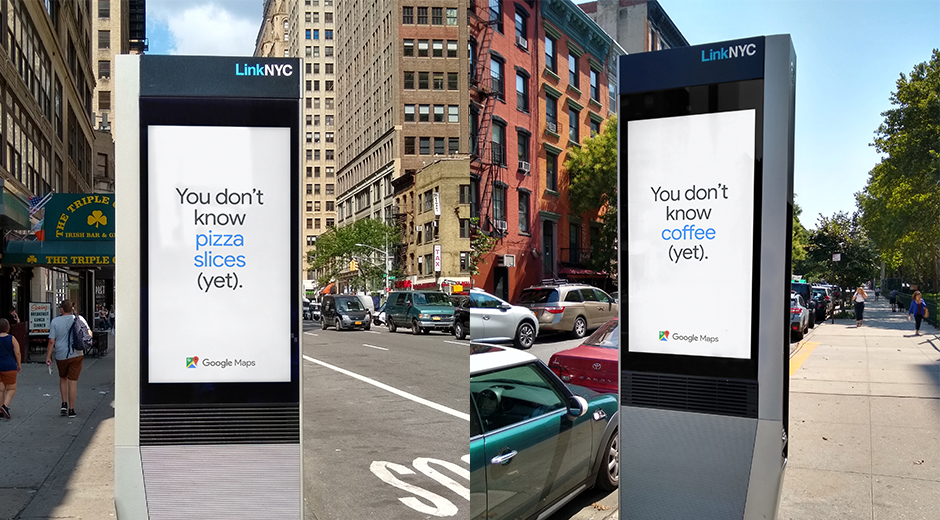
Using high viewability DOOH screens in busy centers, the Google Map DOOH advertising informs pedestrians and car owners about the traffic status and directions of the cities. Some of the largest digital billboards are dynamic and connected to Google Maps to provide real-time road information for specific regions and areas, suggesting the fastest routes that drivers should take or warning them about current road conditions on the roads.
Besides, apart from promoting Google Maps as a navigation tool, this innovative and creative use of DOOH shows how the service is useful at the present moment, enabling it to organize car traffic better, and make the daily commute more comfortable. It is important to note that the campaign is very distinct in the sense that it mixes a practical aspect to a promotional aspect.
3. Samsung Galaxy Digital OOH Campaign :
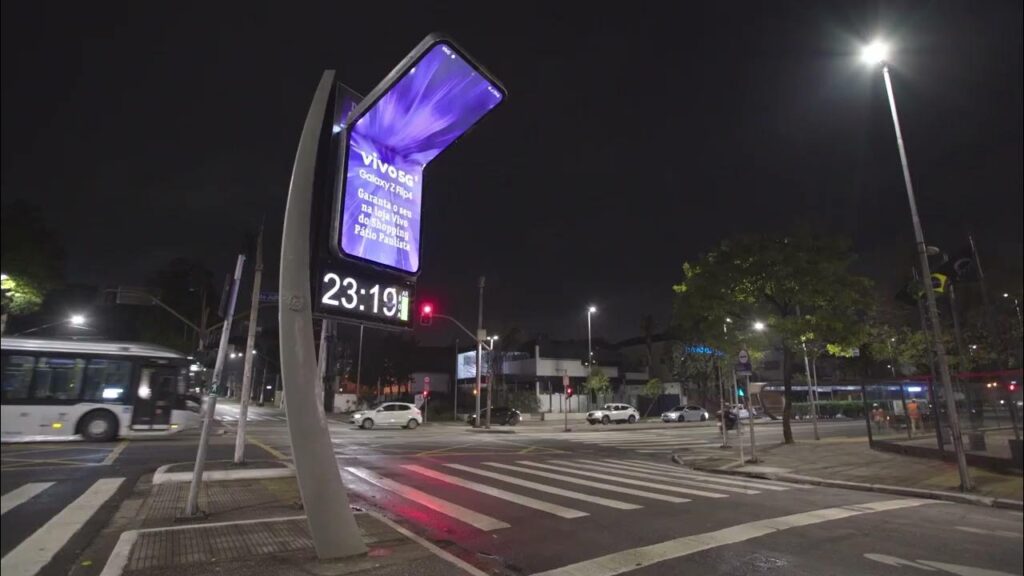
The Samsung Galaxy Launch DOOH media campaign was a revolutionary form of advertising that employed High-Impact DOOH, to launch their new Smartphone, the Galaxy. One of the key aspects of the promotional campaign was the usage of elements of the installations, primarily in the form of bright images on digital billboards in popular locations, with active sharing of the content in the social networks in real time.
Incredibly sited in crucial cities across the globe, these digital boards performed elegant demonstrations of the phone’s functionalities with the assistance of augmented reality and live streaming, thereby generating curiosity and enthralment. This approach served two functions of presenting the superior features of the Galaxy while also driving the most value from DOOH advertising by influencing the dynamic capabilities of the media.
4. Augmented Reality Surprise: Pepsi Max’s Unbelievable Campaign
In another flare for spectacular advertising method, Pepsi Max with its unbelievable campaign of advertising was more creative with its technological display on New Oxford Street Bus shelter targeting the busy commuters of London. By embracing innovation such as augmented reality, Pepsi Max was able to turn what would be perceived as boring time-consuming periods into interesting experiences or events.
The look of the billboards was clear, and whatever the digital screens displayed, gave audiences a vision of a parade of neighbors with such sights as flying saucers coming down for a closer look at pedestrians being eaten by gigantic monsters or huge robots firing lasers. The chaotic interaction that followed did not only entertain people but brought the mundane into a range, making them viral pictures and becoming the fodder for a story among friends.
5. VIOOH Platform for Real-Time DOOH Optimization:
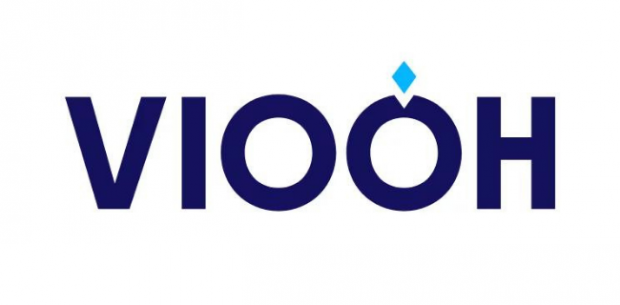
Another perfect-case study of how AI is transforming DOOH advertising in India is VIOOH or Artificial Intelligence Digital-Out-Of-Home Advertising. This programmatic DOOH platform not only allows advertisers to reach millions of users in multiple geo-locations but also can analyze in real-time various data to make ad placements more effective.
In the same way, due to the application of machine learning algorithms, VIOOH has the ability of providing targeted advertising since the ads can be tweaked according to the demographic and behavioral data provided. This opens up opportunities for advertisers to put out tremendously targeted advertising campaigns to consumers and thus achieve significantly high click-through rates and corresponding advertising returns. The application of such technology proves as a new adequate approach to be more data-driven and adaptive in the DOOH marketplace to cater for the potential consumers’ behavior and preference across different segments.
6. Paytm’s Location-Based QR Code Campaign:
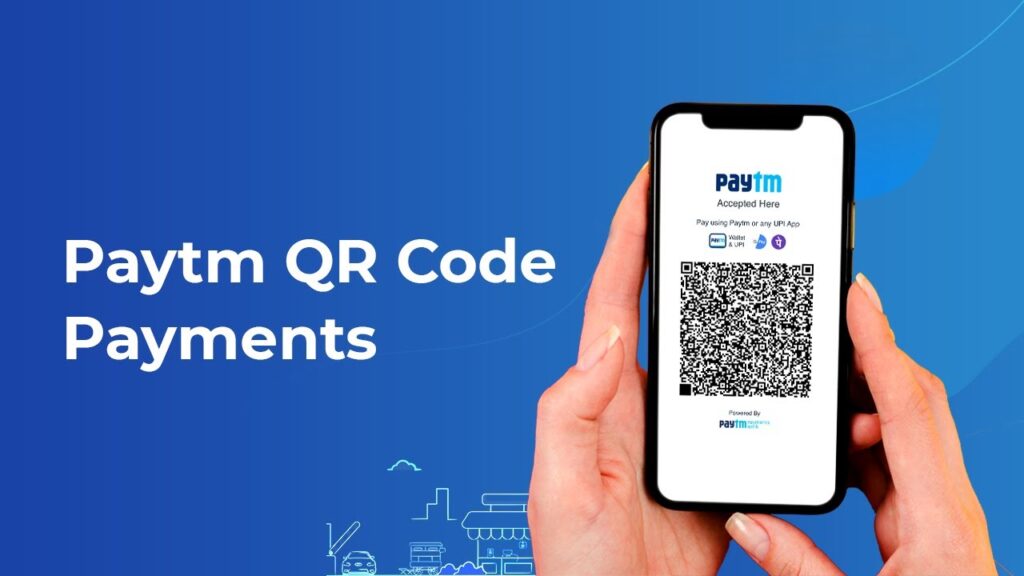
Users began to engage with Paytm more, increasing the number of transactions that they made leading to the company employing a DOOH campaign that incorporated QR codes. By placing the digital screens at areas of high traffic like malls, metro stations, and airports, Paytm uploaded QR codes, as a result of which the passersby could avail free transactions for oneself along with discounts on one’s transactions through Paytm’s platform.
This campaign targeted DOOH displays at advantageous places while incorporating a direct response mechanism through the use of QR codes as a CTA , the campaign boosted transaction by 200% during the campaign period. The success of this campaign proves the potentiality of harmonizing the location-based advertisement and the interactive advertisement to promote consumers’ direct action; thereby underlines the actual ability of DOOH which is to precipitate the direct and measurable consumer response.
7. Coca-Cola’s Augmented Reality Bus Shelter:

An example of its popular AR campaign was an art-installation of an AR multimedia wall that was placed on an actual bus-shelter in Mumbai and turned it into an engaging and interactive sculpture. One past campaign provided a video display element which augmented live objects in the real environment and allowed commuters waiting at the shelter to watch interesting scenarios. Students could ‘touch’ these components that had to do with promoting the consumption of such commodities as Coca-Cola in a more engaging and favorable way.
The interactive installation not only generated people’s interest to look at it but also increased the amount of people engaging with the brand. Such campaigns exemplify how utilizing AR in combination with DOOH has high chances of creating synergistic advertising experiences that engage consumers’ senses on a deeper level and allow the advertising message to become more compelling and memorable to them.
Are you considering the impact of DOOH advertising for your next campaign?
Explore the possibilities with The Media Ant, a leader in outdoor advertising across India. We specialize in connecting brands with high brand impact advertising solutions tailored to meet diverse marketing goals. Discover our comprehensive range of services and start making a larger than life impression today. Explore Now!
FAQs on Digital OOH
What does OOH stand for?
OOH stands for Out-Of-Home advertising, which refers to any visual advertising media found outside of the home, including billboards, transit posters, and digital displays that engage people while they are in public places.
What is the difference between traditional and digital OOH?
Traditional OOH uses static images on materials like billboards and bus stops, while digital OOH (DOOH) features dynamic digital screens that can display changing images and videos, often with the ability to update content remotely and in real-time.
How does digital out of home work?
Digital Out Of Home (DOOH) advertising uses connected digital screens installed in public spaces. These screens display dynamic content that can be updated remotely, allowing for timely and targeted advertisements based on time, audience, or events.
What is digital advertising called?
Digital advertising is broadly referred to as online advertising or digital marketing. It encompasses various formats like display ads, social media ads, search engine marketing, and more, utilizing the internet and digital platforms to reach consumers.
What is a digital billboard called?
A digital billboard is often called a digital display or an electronic billboard. It features high-resolution digital screens that show rotating advertisements from multiple advertisers, allowing for flexible and dynamic content updates.

